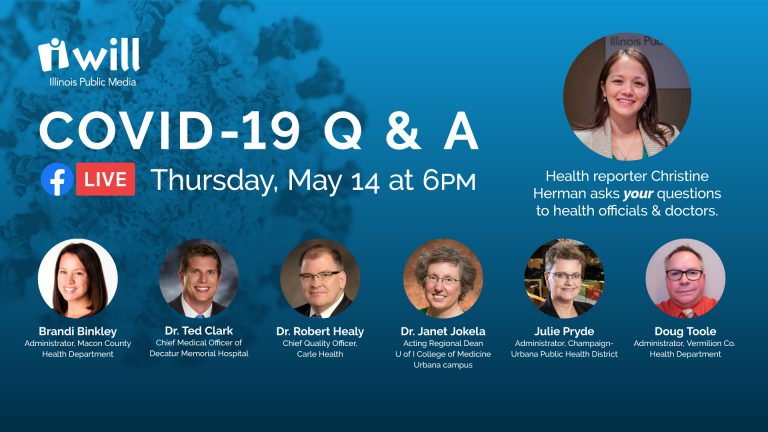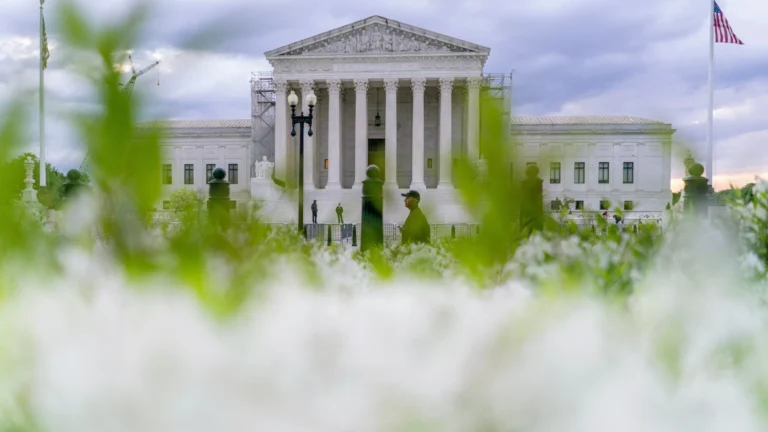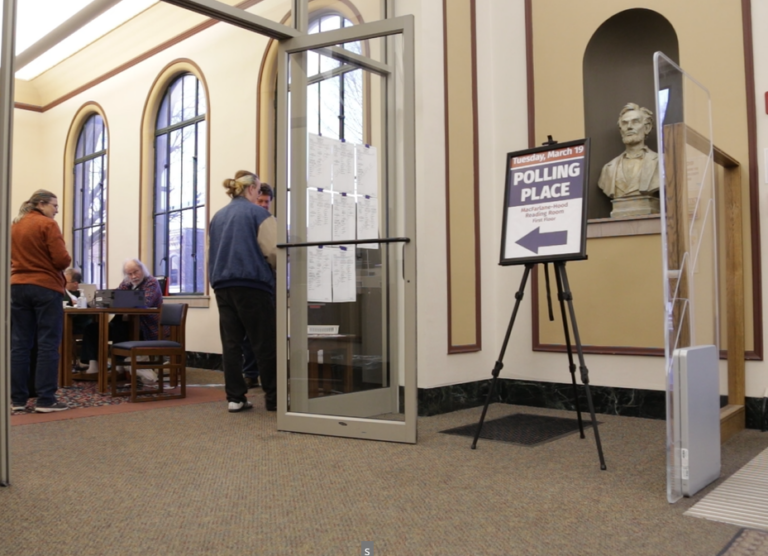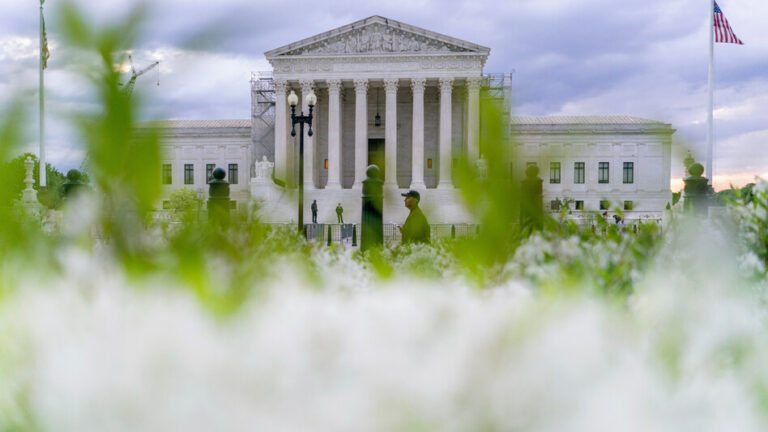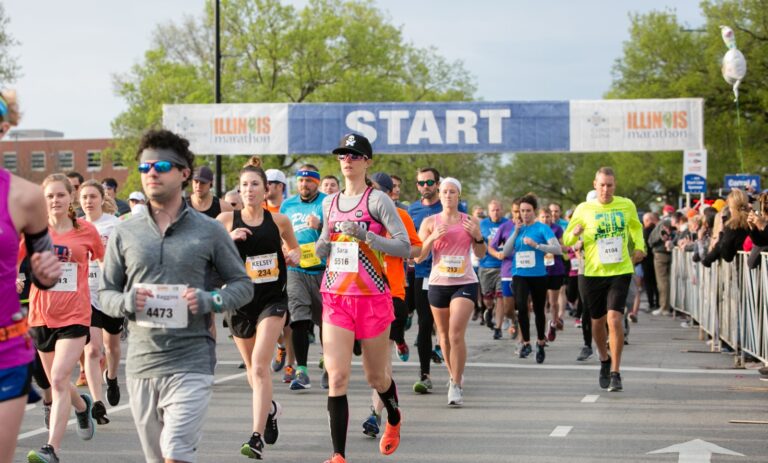- Status updates from local public health administrators and medical doctors
- COVID-19 immunity, contact tracing, social distancing and face mask guidance
- Antibody testing, advice on reopening the economy, questions about childcare
- Dental care, elective medical procedures, public health services and what’s on the horizon
- Employer responsibilities, where to report issues and final thoughts
More questions about antibodies & testing
Christine Herman: Dr. Clark, Judith wants to know: “Have doctors found out anything about the asymptomatic positive cases of COVID-19? Do those people who had COVID-19 but never showed symptoms, do they have antibodies? Are theirs different from those who got sick? Do they carry the active virus for the same length of time that sick people do?”
Dr. Ted Clark: Those are a lot of the great questions that we are trying to answer. Until we really know more about how exactly this virus behaves, there really is no clear answer on this.
A lot of this goes back to what Dr. Healy said. Yes, we can test people, we can identify the antibodies to say you’ve been exposed. What we don’t know is, one, how long you’re contagious, two, how long, or if you have long-term immunity to the virus after that point. Those are just unfortunately questions we don’t have answers to. We can extrapolate based on what we know from other coronaviruses from the flu epidemics that come through every year, but ultimately, there’s still a lot of question marks.
Christine Herman: Dr. Healy, Steve wants to know: “What resources exist in Champaign-Urbana for Carle and Christie Clinic members to obtain antibody tests under their health insurance?”
Dr. Robert Healy: Well, whenever I think about a question that involves health insurance, I think what’s going to cost me? The antibody tests, just like the RNA test or the nasal swab, is no cost to the patient. That’s part of the CARES act. You could talk to your primary care doctor and ask them about antibodies, but really, there’s not much use for them right now.
If you’re curious, you had that weird illness a month ago or two months ago, and you don’t know, you never were tested, you don’t know what it was, you might get an answer that, hey, you were exposed to COVID. It really doesn’t and shouldn’t change what you do right now, though. It wouldn’t change the your behavior, it wouldn’t change you wearing a mask, for instance, or it wouldn’t allow you to go closer to someone than six feet and keep all those those rules in place.
So if someone’s interested, they can sign up their primary care doctor, but most likely they’re going to hear, yeah, we could do it, but you probably don’t need it. And let’s leave it to the scientists for now.
Christine Herman: Dr. Clark, did you have something to add to that?
Dr. Ted Clark: Yeah, I mean, it’s a larger point to what Dr. Healey’s making. You’ll see in the popular news media or you’ll see press releases from various testing companies that they have some breakthrough that’s going to revolutionize or do this or do that. But where we are, those of us in healthcare, we have to find a way to translate that into something that actually benefits patients, something that actually benefits our populations. So, so far antibody testing, while there may be some benefit, if we had large-scale, massive antibody testing and could use that for epidemiological purposes, there may be some benefit there. But for the individual patient, most of this stuff is not helpful.
Christine Herman: Dr. Jokela, did you have any thoughts about antibody testing as well?
Dr. Janet Jokela: Sure, thanks, Christine. And there are really good points that everybody is bringing up. And the whole (question about) asymptomatic infected population is really interesting. As Dr. Clark had mentioned, there’s a lot of work being done and looking at that.
People might have heard about the Theodore Roosevelt aircraft carrier, when all those sailors on that aircraft carrier were tested, a large number of them turned out to be asymptomatically infected. And there was no idea that that had happened. Same thing in a homeless shelter in Boston, the tests were done — and these were the PCR tests that were done on these patients — and there were a number of asymptomatically infected persons living there in this homeless shelter.
So, I think as Julie had mentioned earlier, for every case that’s diagnosed, the presumption is there may be at least 10 other asymptomatically infected persons out there that we don’t know about yet. So antibody testing, right now, you know, so hard to say what it means. I do think, as Dr. Clark was just saying, on an epidemiologic basis, it will give us a sense of perhaps what’s going on. What it means for that individual, if they’re protected or anything else as Dr. Healy said, we just don’t know yet. So there’s a lot of work being done, investigations being done looking at that.
Christine Herman: And I’ve also learned that even if antibody tests have something like a 95% accuracy, and COVID-19 is low prevalence in the general population, it actually returns back potentially, you know, half or more false positives, or there’s a large error that can result which is also a little bit concerning, right? I’ve seen estimates that, in the U.S., we’re anywhere from a 5% to a 15% infection rate, which can affect how we interpret the results of these antibody tests. Dr. Healy, did you have any other thoughts you wanted to share about that as well?
Dr. Robert Healy: Yeah. It’s a very important topic, and so much is unknown. I guess, two things. One, as a primary care doctor, I wouldn’t want every patient calling me and saying they want antibody testing.
But I think what they’re really the most useful for is (studies like) a recent one that came out of Indiana. They did an epidemiological study of Indiana, they tested some thousands of conditions, sampling from all over the state and they found that probably about 2.8% of people in Indiana had been infected. And they did some extrapolation from that. And they found out… probably for every person who is infected that we know of, there’s probably 10 or 11, that haven’t shown up (in testing) or that don’t have symptoms.
So, really the antibody testing, I think, is going to be critical for: What does our community look like right now? What does our state look like? What does our country look like? And then, if it’s shown that it’s protective, that’ll be really helpful for individual patients.
Possible spikes as economy reopens
Christine Herman: We got several variations of this question about potential spikes coming in the future. So Connie asks: “Do you think there could be another spike in cases this fall?” Doug, your thoughts on that? What do we know about the possibility that even if we’ve flattened the curve now, that as we begin to reopen different parts of the economy, and try to return certain parts of life back to normal, that this could resurge?
Doug Toole: Of course, it’s impossible to say, but as we’ve looked at pandemics in the past, they do tend to come in waves. So just because we’re in a bad spot now and maybe plateauing or coming out of it doesn’t mean it’s not going to recur at some point. In the past, that’s how these sort of things work, unfortunately.
Christine Herman: And related to that, we got an anonymous question from someone who just wants to know: What recommendations do you have as states begin to reopen? And maybe we can localize that to say, you know, Governor Pritzker has said that potentially as early as May 29, we’ll move into Phase Three of the Restore Illinois plan, that would allow certain other currently non-essential businesses to open but with limits and still having social distancing involved. As we approach this kind of change to a partial reopening, what advice do you have for people, Julie, who want to make sure they’re still taking appropriate precautions?
Julie Pryde: First and foremost, just because something is allowed to open doesn’t mean that you have to go there. So everybody needs to make that determination for themselves. And certain places, it’s going to take a while for places to get, you know, their procedures down.
And if I were somewhere that was open, I don’t care what it was, and there was starting to be crowding, I would get away from it. You just have to, you know, don’t stand there and complain about it or anything, just get away from it because that’s first and foremost is your health.
But there aren’t going to be a lot of things opening when we get to Phase Three, but it will be things like salons and things like that will open, and they will be able to do things safely there. So, just because something’s open does not mean you know, you need to go there. And like I said, if you go there and they’re not doing it right, don’t go there.
Christine Herman: Dr. Clark, your thoughts on that as well?
Dr. Ted Clark: I think it’s also important for people to take their own personal risk into account, what their risk is if they are exposed to COVID-19, meaning folks over 60 or 65 years old are higher risk, diabetes, hypertension, obesity, these are all risk factors for more severe COVID illness.
And beyond that, you have to take into account who you’re going to come into contact with. So if you’re, you know, 20 years old, you’re young, you’re healthy, you want to get out and about, you can but you also, you know, to a reasonable degree, you still want to take reasonable measures to protect yourself. But more importantly, you want to think about who you’re going to expose yourself to, if you’re going to go to church, or if you’re going to come into contact with folks who may be in a higher risk category. So you don’t want to be a disease vector for someone else’s critical illness even if you feel invincible.
Everyone has to take their own situation into account and, you know, certainly the social distancing should still apply. Certainly, the masking should still apply. And back to the question about spikes. Yes, we expect that as we relax social distancing, there will absolutely be spikes.
What we’re trying to avoid are spikes that overwhelm our local health care resources. And again, our hospitals are prepared. But if we get out of control, if we get to that logarithmic growth again, and we’re running away with it, then we will overwhelm our healthcare resources. And then we may have to draw back at that point.
Julie Pryde: And we have to remember that, you know, fall and winter is a time where there are a lot of respiratory viruses going around anyway, in children and the elderly. So anything that’s vaccine preventable, people need to really make sure that your shots are up-to-date and that you have your flu shot and if you need one, you have your pneumonia shot, because everything like that will compound the hospital’s and the healthcare system’s burden.
Access to childcare
Christine Herman: We got a question about child care from Jamie, who’s saying that she is currently a non essential worker but if the state moves into Phase Three, she will be called back into work, but she doesn’t have a place to send her child because her daycare has been closed except for essential workers. Brandi, are you aware of what will happen with childcare moving forward as we reopen? And specifically, I guess, moving into Phase Three potentially as early as May 29, do we know what will happen with childcare?
Brandi Binkley: Well, there are some allowances that can be made if IDPH guidance is followed. So what I would encourage this person to do is, you know, check to see if their daycare would be one that would be opened. If, at that time, she is determined to be an essential worker, there are daycares that are currently open, serving essential workers and their families.
Another option is even as we move forward in these phases, the whole entire plan is encouraging workplaces to allow telework, if at all possible. So if you have somebody that is in a vulnerable population and can work remotely, I have been strongly encouraging and will continue to do so, any workplaces to keep those employees working home if they can, or to do so as much as possible.
And then of course, there is also the (CARES) act that does provide some time off for families if they do not have any childcare, so I encourage you to look into that as well. I think there’s a few different options. I know it’s scary because things can’t open if employees cannot come work, employees can’t go to work if their daycares aren’t open. So I think there’s some different options. Definitely check into those. I know Macon County has put out a lot of information regarding the resources that are available. So if you can’t find those anywhere else, please always feel comfortable to reach out to us and we’d be happy to help you.
Telemedicine & COVID-19
Christine Herman: We got a question from Rebecca, who wants to know a little bit more about telemedicine: “How has telemedicine changed over these last few months? Can I get all of my prescriptions refilled now without going to a doctor’s office?” Dr. Healy, is that something that Carle is dealing with right now?
Dr. Robert Healy: Well, yes, and actually, I personally had an appointment with one of my doctors, that was telemedicine. It was great. I was in my office, we video’ed together. I didn’t have to walk all the way to the office and sit and wait. So I think one thing is it’s very convenient. But there’s places for it. If someone needs to see something really close up on you, look at your throat or your ears or listen to your lungs, your heart, it’s a little trickier to do it by telemedicine, although there’s some technology to do that.
One statistic at Carle: before, in a typical month, we would have 46 telemedicine visits. And in April, it’s something like 20,000. So, many, many visits are being done by telemedicine or virtually, and the reason is because we didn’t want people to come in. Now, we’re open, we’re more able to take people and safely care for them in our offices in the hospital, but I think there will still be a subset of, like I said, I’m in primary care. A lot of my business could be, on a follow-up visit, I just want to talk to you and see how are you doing? How’s this medicine affecting you? Are you better? Are you worse? A lot of that can be done by phone or video conference.
SARS-CoV2 versus SARS
Christine Herman: And we got a question from Victor about how COVID-19 is related to SARS. He said he heard on TV somewhere that COVID-19 is very similar to SARS and that the treatment from SARS can be used to treat COVID-19, and he wanted to hear the experts weigh in on this. Dr. Jokela, what do we know about how this novel coronavirus compares with previous coronaviruses that have infected humans?
Dr. Janet Jokela: It’s sort of like they’re cousins, so they’re in the same virus family, but the new coronavirus, the SARS-CoV2 virus responsible for this COVID-19 pandemic, is distinct and a new virus. The coronavirus family, those viruses are commonly found in animals, there are a lot more animal coronaviruses than there are human coronaviruses. There are four that have that commonly cause a common cold. And then the SARS virus from years back, that was a coronavirus that jumped from animals to humans.
And so similarly, with this COVID-19 related coronavirus SARS-CoV2, the presumption is that it also jumped from some animal to humans and presumably bats are the origin, very similar to the other coronaviruses. So it’s like they’re cousins. They’re distinct, and there’s no effective treatment right now. There are some trials going on with various medications and things but certainly there’s no cure, and there’s no really great treatment at the moment.

